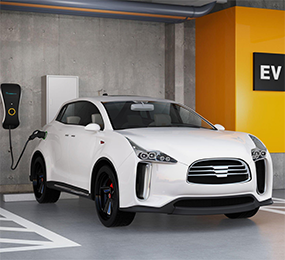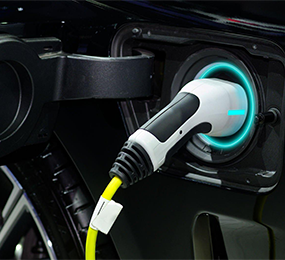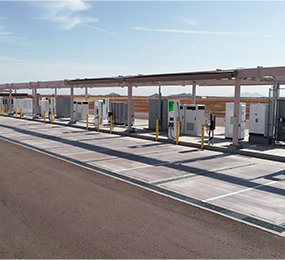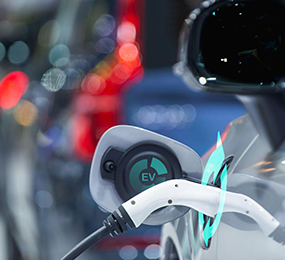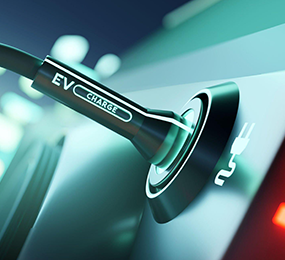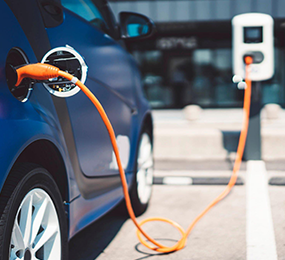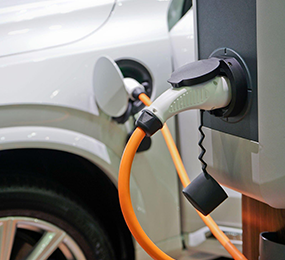Public EV Charging in Central and Eastern Europe (CEE)
Despite the significant emphasis placed on the necessity of public charging in driving EV uptake, public chargers are only used for roughly 5% of charging events. Furthermore, as the industry matures, this percentage is projected to drop, as consumers demand faster charges over slower sites. Although public chargers are infrequently utilized, their appearance may be significant in influencing existing users of conventional automobiles to convert to electric choices.
A minimal minimum infrastructure for charging EVs is currently or will be accessible throughout Central and Eastern Europe. At the moment, each public charging station has roughly 5 EVs (compared to the Commission recommendation of 10). With increase in both car and charger numbers, there should be around 220,000 chargers by 2020, with a 10:1 ratio. There will also be extensive coverage of fast chargers along Europe's highway network, with over 1,000 ultra-speed (150-350 kW) charging stations planned by 2020. Drivers would be able to replace up to 400 km of driving range in only 15 minutes.
Additional 50 kW fast charging deployment will supplement the existing more than 2,500 facilities and roughly treble this number by 2020. This amounts to one charging station every 34 kilometers along the key Network, which is more than enough to serve the early market.
In Central and Eastern Europe, where three out of every four new vehicles are sold and the chicken and egg problem has been overcome, the biggest constraint in expanding the market for electric cars is not a shortage of charging stations, but a lack of automobiles to plug in. According to the analysis, the initial requirement for public investment would eventually decrease, and the cumulative cost of public charging is anticipated to be €12 billion between 2020 and 2025, a small part of the €100 billion invested by the EU each year in transportation infrastructure.
The deployment of rechargers has been far more limited in Central and Eastern Europe. The market for EVs is likely to lag behind those of the leading runners by 5-10 years, while funding will be available - the draft European Commission budget for 2020-7 includes a pledge to spend at least 60% of the EU's cross-border infrastructure fund on climate-change-related projects. This includes €30 billion for transportation through the Connecting Europe Facility.
The current restricted number of charging points has no substantial impact on the whole EU market, and future support will be provided. Future investment must be targeted wisely, and cities, in particular, must be able to access these funds. Grid enhancements, as well as support for beginning SMEs, should be priority.
Visit our website to know more: https://www.leadventgrp.com/events/ev-charging-infrastructure-forum/details
For more information and group participation, contact us: [email protected]
Leadvent Group - Industry Leading Events for Business Leaders!
www.leadventgrp.com| [email protected]


